Cannabinoid THC Dominant
THC 21.5 - 25%
CBD 0.32 - 0.5%
Effect Concentrated
Side Effect Panic attacks
Flavor Ammonia
Purple Poison Strain
THC
CBD
Potency
The Purple Poison strain is a famous hybrid that appears in different combinations of an Indica/Sativa ratio. Various breeders cultivate this weed by crossing diverse parent strains. The cannabis under discussion comes with a slight Indica dominance (55%) and includes 45% of Sativa potency respectively. The CBD content ranges between 0.24% and 0.44%. Purple Poison is quite a powerful strain due to a high THC level that amounts to 22-25%.
The weed comes with a complex terpene combo dominated by:
Smell and flavor
The cannabis boasts a slightly pungent terpene profile that determines the prevailing aromas. It evokes a citrus and fruit fantasy because it smells of orange and mango with a highly discernible skunk aftertaste. The pungent notes intensify during smoking and linger on the palate for long.
Purple Poison Effects
Due to Indica genetics, the weed promotes happiness and relaxation in smokers, though inducing no sleepiness. It is recommended for use in the afternoon. In addition, Purple Poison provides concentration and a sense of clarity that help consumers focus on extra work and maintain energy after their working day.
The hybrid is used to help with multiple physical and mental ailments. Just a gentle dose of this marijuana is enough to cope with:
- Stress
- Lack of appetite
- Pain
- Attention-deficit / hyperactivity disorder
If consumed in heavy doses, the strain can provoke adverse effects such as:
- Dry eyes
- Concern
- Hallucination
- Headache
Growing Tips
The plant can grow in any environment and reaches the height of 60-80 inches if cultivated either indoors or outdoors. Its flowering cycle is 54-61 days, with a harvest period of 60 days. Usually, the growers are rewarded with a yield of 1-2 oz./ft2.
Side Effects
Simply let us know how this strain tastes or write a detailed review.
Purple Poison Strain Cannabinoids
| THC | Tetrahydrocannabinol, or THC, is a major cannabis chemical compound. It is a psychoactive element that stimulates dopamine release and induces euphoria or happiness. THC-rich strains may be helpful with such conditions as lack of appetite, chronic pains , etc. It is considered to be the primary active marijuana component. | 21.5 - 25% |
| CBD | Cannabidiol, or CBD, is a major compound in cannabis, which is non-psychoactive. It is also proved to counteract the side effects of the second major component THC. CBD is widely used for medicinal purposes in rubs, oils and so on. It is helpful in muscle pain cases, may treat arthritis and migraines. Even Greeks used it against pain, while Queen Victoria applied it to get rid of menstrual cramps. | 0.32 - 0.5% |
| CBC | Cannabichromene, or CBC, is a minor cannabinoid, meaning that its quantity in cannabis is quite little. Though it has the same origin as CBD and THC, it is different in functions. Without any psychoactive effects, it is an efficient cannabis compound in combating acne and depression. CBC produces analgesic, antibacterial and anti-inflammatory effects. | 0.16 - 0.23% |
| CBG | Cannabigerol, or CBG, is one of the minor cannabis compounds in adult plants. On the other hand, young ones contain a lot of this antibacterial and anti-inflammatory component. During the growth, CBG is converted into different cannabinoids, mostly THC and CBD. The compound itself increases appetite and decreases eye pressure. | 0.02 - 0.03% |
| CBN | Cannabinol, or CBN, is a trace element in cannabis that is considered to be mildly psychoactive. It appears from oxidation THC, exposed to light and heat. CBN is mostly contained in old cannabis and in traditional hashish. It is effective against insomnia, bacterial infections and appetite loss. | 0.06 - 0.24% |
| THCV | Tetrahydrocannabivarin, or THC-V, is a compound contained in cannabis in trace amounts. Even though it is close to THC molecularly, it is different in effects. This compound may be psychoactive only in large amounts. THC-V reduces blood sugar, controls appetite, stimulates bone growth, etc. African Sativa strains are the richest in THC-V. | 0.05 - 0.34% |
Purple Poison Terpene Profile
| Carene | Carene (also known as Delta-3 carene) is a terpene found in rosemary, lemons, pines, and cedars, offering citrusy and cypress aroma. Studies on mice showed that carene provides anti-inflammatory effects, as well as promotes bone health and chronic pain relief. | 0.11% |
| Pinene | Pinene is one of the most widespread terpenes in nature, found in pine trees, basil, nutmeg, parsley, and rosemary. Cannabis containing terpene (alpha-pinene or α-pinene) boasts a strong pine scent. Pinene is responsible for anti-inflammatory, pain-relieving, and anti-anxiety effects. | 0.11% |
| Myrcene | Myrcene (also known as β-myrcene) is one of the most common terpenes found in cannabis, representing more than 20% of the modern marijuana terpene profile. Myrcene has a distinct earthy, musky flavor, resembling cloves. It is responsible for calming and soothing effects of weed. Myrcene is also found in hops, thyme, mango, lemongrass, guava melon. | 0.18% |
| Camphene | Camphene is terpene common for carrots, pepper, dill, fennel, nutmeg, thyme, as well as other fruits and vegetables. Camphene has a damp, pungent, herbal, minty aroma with pine undertones. In cannabis, mostly found in Indica strains. Camphene causes cooling sensations, having anti-inflammatory, antibiotic, antioxidant, analgesic, and antifungal effects. | 0.09% |
| Humulene | Humulene (also known as α-humulene) is one of the major terpenes found in cannabis, contributing to woody, earthy, spicy, herbaceous, and, mainly, floral aromas of cannabis. Used in modern medicine, humulene offers anti-inflammatory, antibacterial, and appetite suppressant effects, which have been well-researched by pharmaceutical companies. | 0.01% |
| Limonene | Limonene (also known as d-limonene) is the second most common terpene in nature and the third most common terpene in cannabis. It has a powerful citrus aroma and can be found in all citruses, including lemons, oranges, grapefruits, limes, juniper, etc. Limonene is known to elevate moods and provide anxiety, depression, and stress relief. | 0.08% |
| Linalool | Linalool (also known as beta linalool, linalyl alcohol, linaloyl oxide, and p-linalool) is one of the rarest terpenes found in cannabis, mostly in small quantities. Linalool is known for its spicy and lavender aroma, bringing relaxation and calming effects. It is also said to provide anti-inflammatory and analgesic properties that can be useful for athletes. | 0.07% |
| Pulegone | Pulegone is a less-common terpene found in peppermint and catnip, for example, with a sweet and minty aroma. In small amounts, pulegone could be found in some cannabis strains. It is reported to offer anxiety-relieving effects, increased cognitive performance, and sedative properties. Could remove dizziness. | 0.03% |
| Sabinene | Sabinene is a terpene with a peppery, spicy, citrusy, and piney aroma, presented in Norway spruce, Holm oak trees, black pepper, cardamom, and carrot seeds. Found in cannabis in small quantities. Allegedly, sabinene has anti-inflammatory and antimicrobial properties. | 0.04% |
| Nerolidol | Nerolidol (also known as trans-nerolidol) is a terpene found in jasmine, tea tree, and lemongrass, as well as in some cannabis strains. Nerolidol has a distinguished floral aroma with notes of citrus, apples, and rose. The terpene has sedative, anti-anxiety, antimicrobial, anti-parasitic, anti-oxidant, and pain-relieving properties. | 0.11% |
| Eucalyptol | Eucalyptol (also known as cineole) is usually found in eucalyptus, mint, sage, and tea tree oil. Distinguished for its cooling properties, eucalyptol constitutes only up 0.6% of a total terpene profile of a strain. This terpene exhibits potent antibacterial effects and can also be used to treat patients with Alzheimer's disease and asthma. | 0.08% |
| Phellandrene | Phellandrene (also known as alpha- and beta-phellandrene) is one of the rare terpenes found in cannabis with antihyperalgesic and antidepressive properties. Phellandrene contributes to a minty, woody, and mildly citrus aroma in cannabis. Previously confused with limonene and pinene, phellandrene was eventually distinguished as a separate terpene common for eucalyptus. Also, it could be found in mint, dill, black pepper, cinnamon, parsley, pine, and lavender. | 0.11% |
| Total terpenes content | 1.02% |
Growing Info
Purple Poison strain lineage
Similar Strains
THC 6.75 - 10.5%
CBD 0.02 - 0.46%
Effect Happy
Flavor Mint

THC 10.5 - 13.5%
CBD 0.37 - 0.71%
Effect Sleepy
Flavor Tropical
THC 19 - 23%
CBD 1 - 1.13%
Effect Tingly
Flavor Diesel
THC 18.5 - 26%
CBD 0.02 - 0.28%
Effect Tingly
Flavor Mint
THC 16.5 - 18%
CBD 0.66 - 0.83%
Effect Happy
Flavor Citrus
THC 14 - 17.5%
CBD 0.35 - 0.62%
Effect Sleepy
Flavor Berry
THC 17 - 24%
CBD 0.31 - 1.17%
Effect Happy
Flavor Earthy
THC 18.25 - 19.5%
CBD 0.47 - 0.64%
Effect Talkative
Flavor Spicyherbal
THC 17.5 - 22%
CBD 0.05 - 0.42%
Effect Sleepy
Flavor Tar
THC 16.83 - 18.33%
CBD 0.56 - 0.79%
Effect Tingly
Flavor Orange
THC 16 - 16%
CBD 0.19 - 0.38%
Effect Euphoric
Flavor Spicyherbal
THC 15.25 - 18.25%
CBD 0.4 - 0.76%
Effect Relaxed
Flavor Spicyherbal
THC 17 - 21%
CBD 0.41 - 0.6%
Effect Sleepy
Flavor Berry
THC 13.5 - 19%
CBD 0.3 - 1.46%
Effect Sedated
Flavor Lemon
THC 16 - 19%
CBD 0.48 - 0.6%
Effect Calm
Flavor Cheese
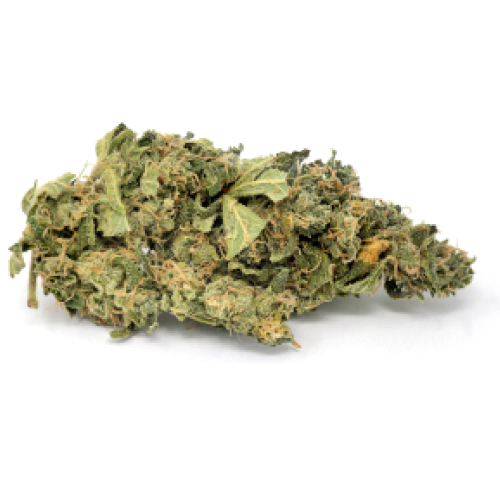
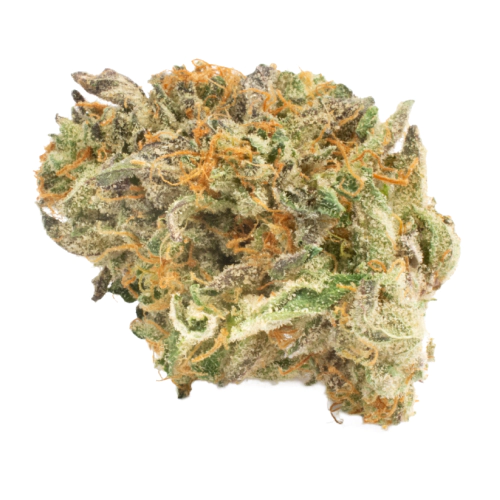

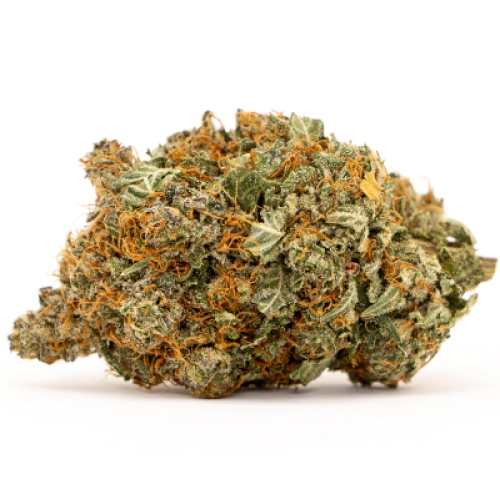
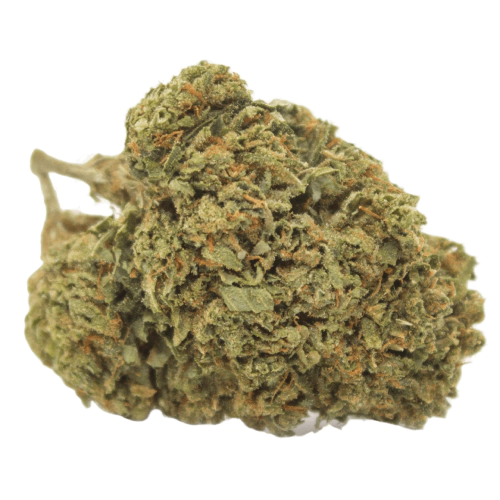
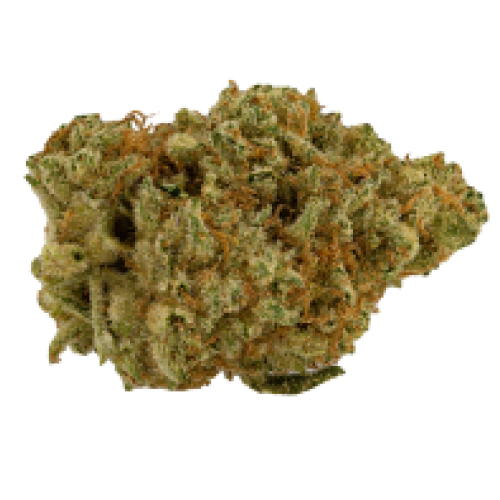




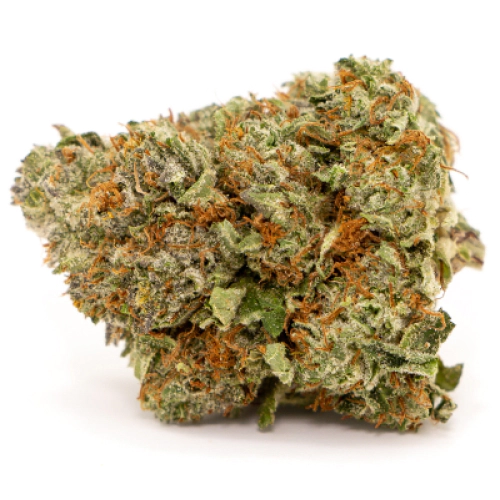
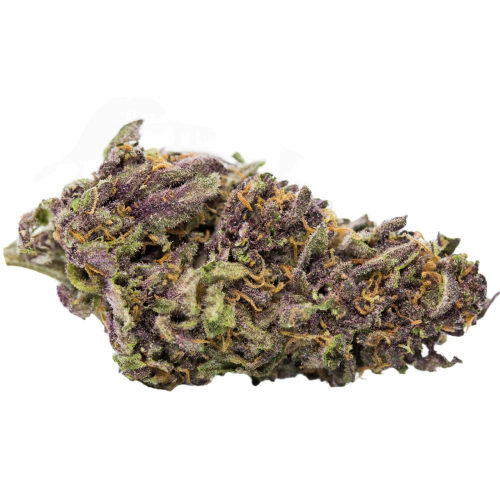
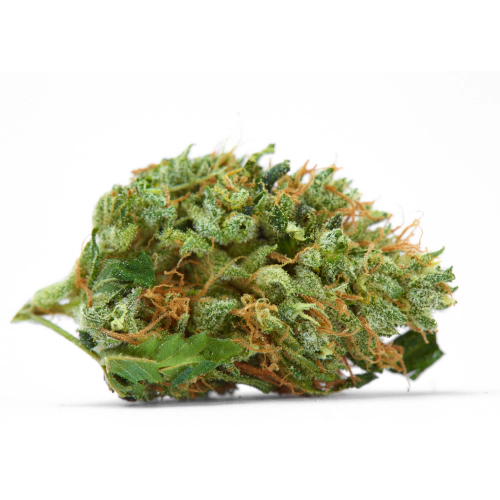

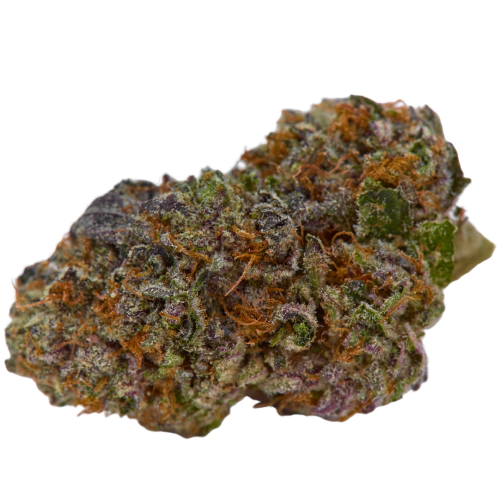
Be the first and share your opinion
Write a Review